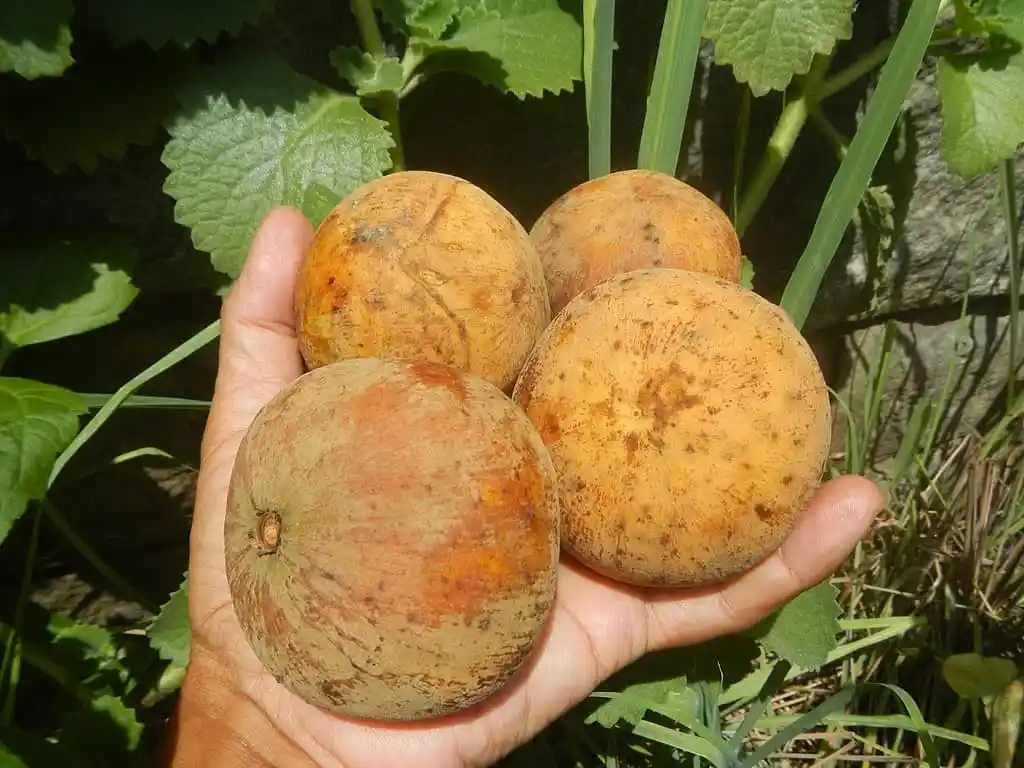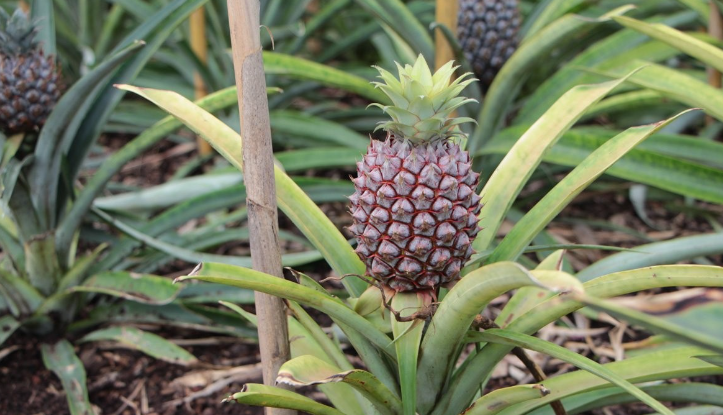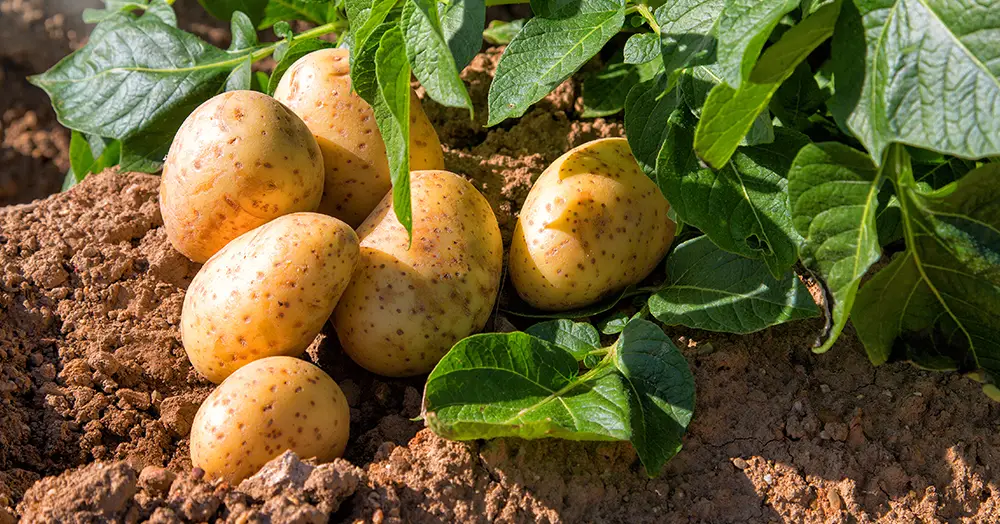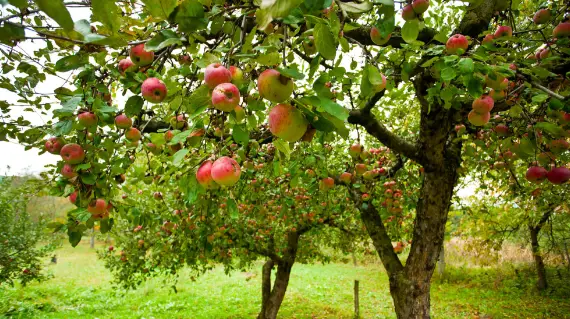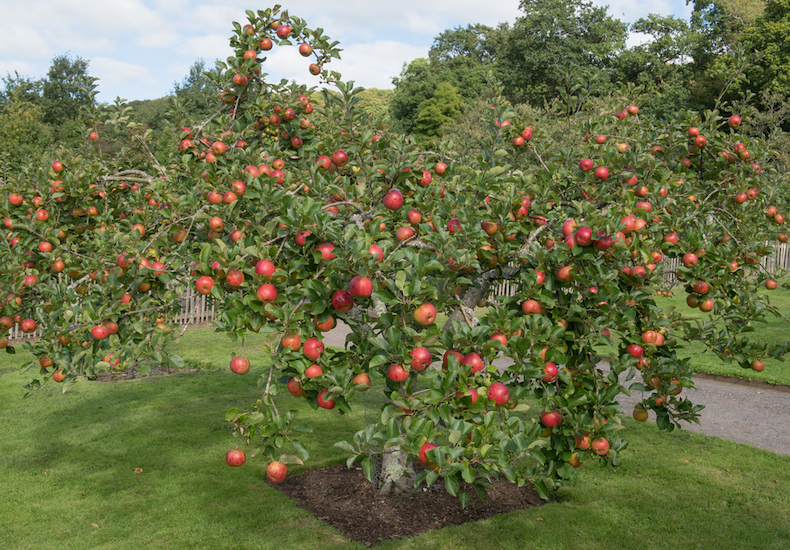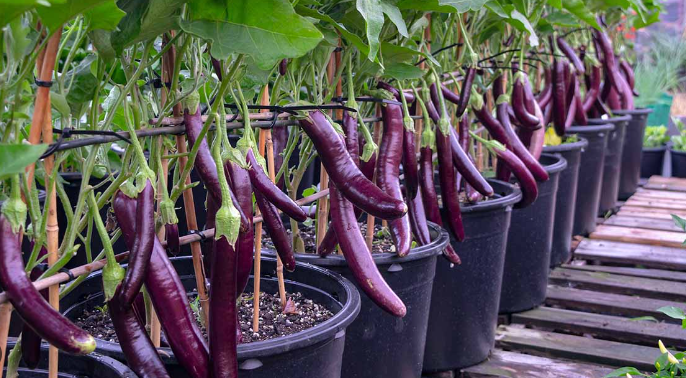Bananas are eaten a lot all around the world. They are full of good things for your body. But here’s something interesting – bananas don’t have seeds inside like other fruits! That makes a lot of people wonder how they can grow if they don’t have seeds.
In this article, we’re going to explore the world of bananas. We’ll talk about what’s unique about how they grow and why they don’t have seeds inside them.
Table of Contents
- Do Bananas Ever Have Seeds?
- How Do Bananas Multiply?
- Creating New Plants Without Seeds
- How Plants Grow from Other Plant Parts
- What’s the Difference Between Growing with and without Seeds?
- Explaining How Bananas Grow Step-By-Step
- How Do Farmers Grow Lots of Bananas to Sell?
- Is It Possible to Grow Bananas from Seeds?
Do Bananas Ever Have Seeds?
When we eat bananas, we don’t find seeds because they grow in a special way called parthenocarpy. That lets them make new fruits without any seeds. It means the bananas we eat can’t have baby bananas of their own from seeds.
Some types of bananas do make seeds, but they’re really tiny, hard, and not meant to be eaten. People who grow bananas use these seeds to create new banana types.
How Do Bananas Multiply?
Bananas have their own cool way of making more of themselves without using seeds. Let’s see what that involves:
Creating New Plants Without Seeds
Bananas make baby plants, called pups or suckers, that pop out from the grown-up plant’s roots. These baby plants are exactly like their banana parents and will grow into big banana plants with fruit.
This is a quick way for banana farmers to make more banana plants and grow lots of bananas without waiting for seeds.
How Plants Grow from Other Plant Parts
When we talk about growing plants from parts, we mean making new plants using things like roots or stems. Bananas grow from the grown-up plant’s roots, which is a super way to keep all the bananas tasting the same and being just as healthy.
Also, using this method makes sure the bananas don’t get sick easily and are mostly safe from bugs.
What’s the Difference Between Growing with and without Seeds?
Bananas grow fast using their no-seed method, and all the bananas turn out the same. But because they’re all clones, they might all catch the same diseases or get attacked by the same pesky bugs.
When fruits grow from seeds, they’re not all the same, which can be good because they might not all get sick at the same time. But it also takes longer and you might not always get nice fruit.
That’s why banana growers like to use the pup-growing method. It gives them lots of great bananas very fast.
Explaining How Bananas Grow Step-By-Step
Bananas are known for their nice curve and happy yellow color. They grow on big plants that look like trees but are actually giant herbs. They’re packed with important stuff that our bodies need. But bananas don’t have seeds inside, so how do they manage to grow?
Here’s what happens: Bananas can have baby bananas without needing any pollen to fertilize them. That means they don’t have seeds and can’t start from seeds like other fruit plants do. Banana flowers become fruit all on their own.
During this cool thing called parthenocarpy, the inside part of the flower that could become a seed turns into fruit instead. A special chemical in the flower helps make this happen. So, bananas grow and get picked without ever needing seeds or pollen.
Now, just to note, not all bananas skip the seed part. Some do have them, but we don’t eat those bananas often. The seeds in these can sometimes be used by people who grow bananas to create new types.
In short, seeds or no seeds, bananas are smart about making sure they grow. That’s why there are plenty of bananas for us to enjoy from many places around the world.
How Do Farmers Grow Lots of Bananas to Sell?
Farmers grow tons of bananas for all of us to eat using that special seed-free method called parthenocarpy. Because of this, bananas don’t have seeds when we eat them. Farmers actually use the banana pups, the little baby plants that grow from the parent plant.
They carefully move the pups to new spots. This helps more banana plants grow and spread out. It also gives plants more room to catch sunlight and drink up water. By doing this, farmers can have more bananas and try out new and better kinds.
Bananas can start making flowers in about a year after planting, so this way of growing them helps farmers get lots of bananas pretty quickly.
Is It Possible to Grow Bananas from Seeds?
While you can grow bananas from seeds, most people don’t do it that way. Bananas don’t make seeds very often, and when they do, the seeds might not grow into new plants.
Trying to grow bananas from seeds takes a long time, and you’re not guaranteed to get nice fruit. That’s why people usually grow them from pups instead. It’s a sure way to get good bananas that taste the same and grow strong.
If you want to grow your own bananas, starting with a pup is a much better idea. This way you’ll get a healthy plant that will give you tasty bananas without having to wait a long time.
